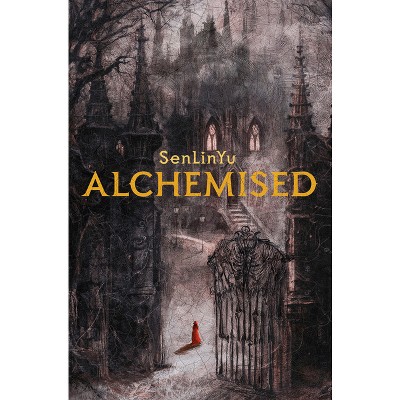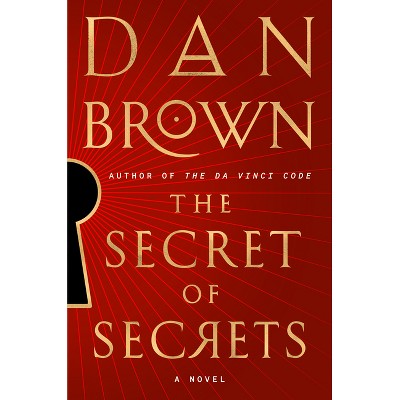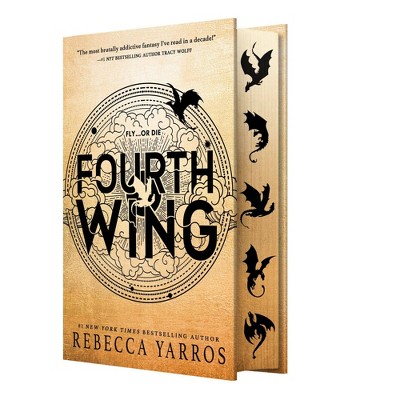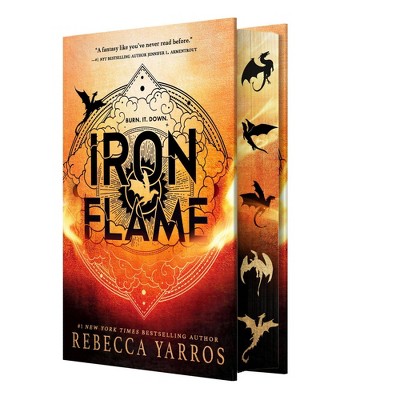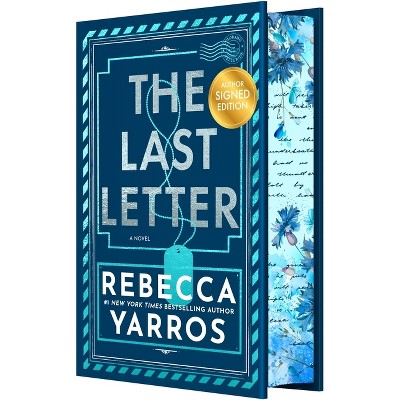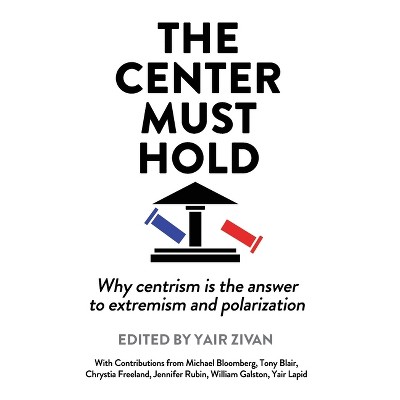About this item
Highlights
- "1001: A Dream of Nine Nights is Persian historical fiction at its best, reviving the classic 1001 Nights of Scheherazade with a contemporary twist . . . highly recommendable to a diverse audience of literary and historical enthusiasts . . . a compelling winner.
- Author(s): Yahya Gharagozlou
- 500 Pages
- Fiction + Literature Genres, Historical
Description
About the Book
Tumultuous history of a doomed family in 20th century Persiran, Iran's stage name, as the attempt to establish a lasting constitutional government fails before the clerical movement to establish the kingdom of God on Earth.
Book Synopsis
"1001: A Dream of Nine Nights is Persian historical fiction at its best, reviving the classic 1001 Nights of Scheherazade with a contemporary twist . . . highly recommendable to a diverse audience of literary and historical enthusiasts . . . a compelling winner." D. Donovan, Sr. Reviewer, Midwest Book ReviewIn this intimate and tumultuous historical fiction, Iran plays a starring role under a stage name, Persiran. We engage with its history through three generations of a vividly drawn aristocratic family called the Poonakis, beginning with twin princes devoted to each other and ending in modern times - after the Khomeini revolution - with another set of twin brothers, grandchildren to the princes, who are mortal enemies.
Like the monarchy and the fledgling constitution, the family is doomed, as the clerical vision of building the kingdom of God on Earth prevails. The story has several narrators whose fates will intersect by the end. The book's title refers to nine critical nights of storytelling transposed into binary code: playing on the classic 1001 Nights of Scheherazade.
The episodes of the novel take place in palaces, mosques, a village, a harem, a tearoom, a whorehouse, a prison. The characters travel through deserts and mountains to European cities and battlegrounds during World War II in Berlin and the Iran-Iraq war in Khouzestan. In episodes of comedy and farce, as well as romance and tragedy, we get to know these compelling characters and unforgettable women. Throughout runs a critical theme: the storyteller's obligation to tell his stories - the raw ingredients of history.
The novel weaves an intricate pattern, like the high-knot density of a Tabriz carpet, as narrators introduce other narrators to recount Iran's troubled history of the twentieth century.Shipping details
Return details
Trending Literary Fiction
